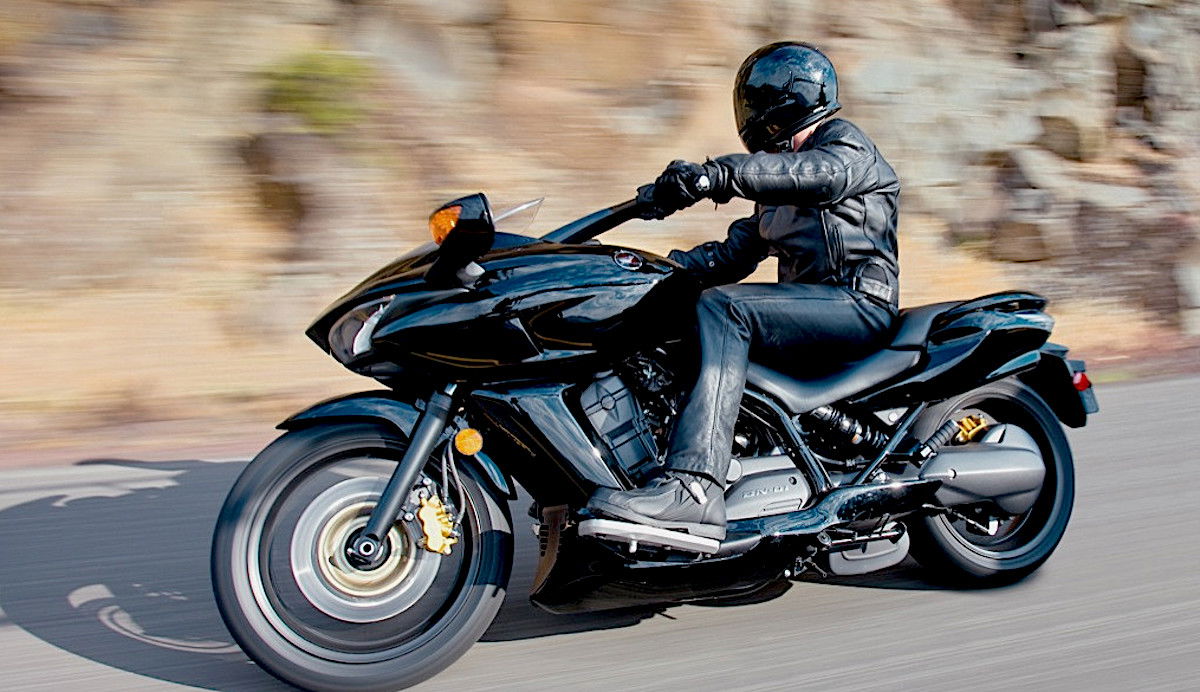10 brilliant pioneering motorcycles that changed everything
Just over 50 years ago, Honda’s CB750 changed the face of motorcycling. But what machines have had as big an impact since?

Just over five decades ago motorcycling as we knew it changed forever when Honda’s CB750, today acclaimed as the world’s first superbike, initially debuted in Japan, then was displayed in the UK at Brighton, then went on sale shortly after.
With four cylinders, 68bhp, a world first disc brake and, crucially, a price almost half that of the British and European competition, the CB redefined what a big bike could be and, in so doing, both opened the floodgates to the subsequent ‘Japanese invasion’ from Kawasaki, Yamaha and Suzuki and sounded the death knell for the remnants of the British motorcycle industry.
Simply: without the CB750 the two-wheeled world today would be very different.
But, of course, the Honda four wasn’t the only ‘game-changer’ – other bikes since have also had a profound effect, bikes like BMW’s first adventure bike, 1980’s R80G/S, or the bike that set the template for the modern superbike, the GPZ900R of 1983. Or how about the R1 or GSX-R750?
In truth, there are lots of them, so many in fact that, in deciding to come up with a Top 10 we had to leave many out. No Ducati 916? Sacrilege, surely? Maybe it is, maybe not. That’s for you to decide.
Here, however, in chronological order, are OUR Top 10 game-changing motorcycles. Life just wouldn’t have been the same without them…
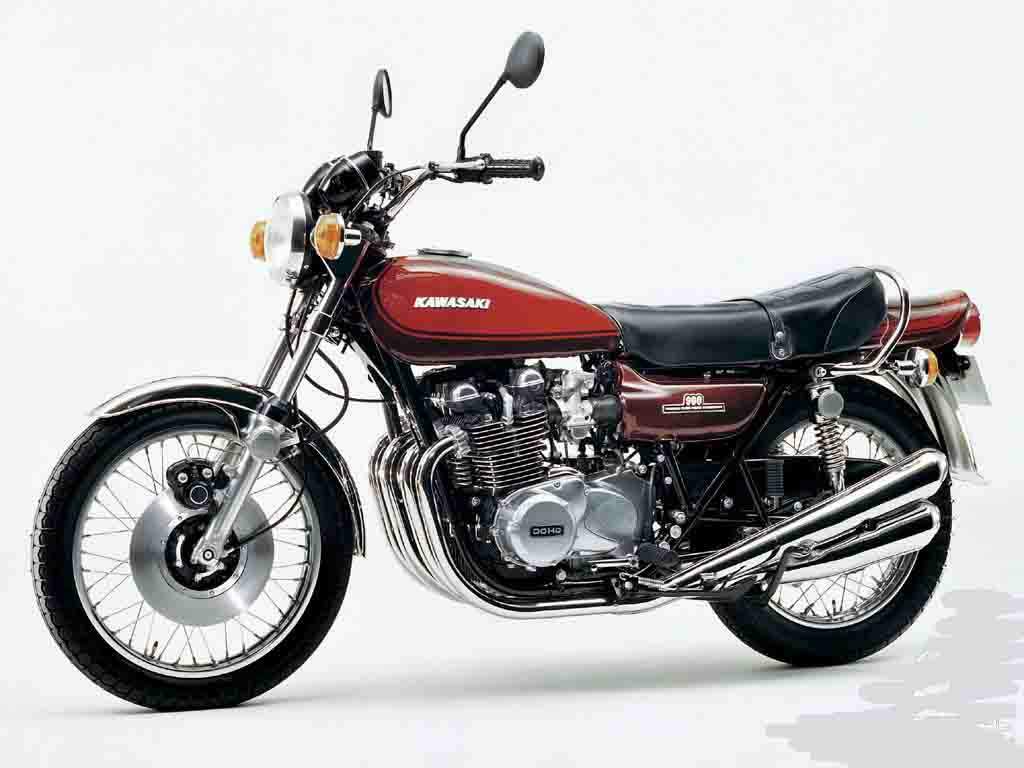
1972 - Kawasaki Z1 900
The bike which cemented the Japanese four-cylinder superbike.
Honda’s CB750 might have been the first but it was arguably more important still for leading, quite literally, to its superbike successor – Kawasaki’s Z1 900 of 1972. Honda’s Japanese rival had also been developing a four-cylinder 750 in the late 1960s when the CB750 was unveiled, forcing Kawasaki to change tack.
Deciding to enlarge their project, despite a ‘gentleman’s agreement’ between the Japanese manufacturers to keep under 750cc, capacity went as big as deemed possible within the existing casings, with a 66mm x 66mm bore and stroke taking ccs up to 903.
The result, aided by the use of double overhead cams compared to the Honda’s SOHC design, was as CB-crushing 81bhp, the Z1 being the most powerful Japanese motorcycle ever and new superbike king (and would remain so until, arguably, Suzuki’s GSX1100 in 1980) and the bike and engine layout all-comers tried to emulate.
It was considered a landmark machine in Japanese automotive history. In fact, it’s so significant, Kawasaki have recently begun making spares for it once more.
Know this. Kawasaki’s internal name for the Z1 project was ‘New York Steak’. Why? Because the Japanese considered the best meal in America to be NY steak and the Z1 was also conceived to be the very best, at the top of the menu.
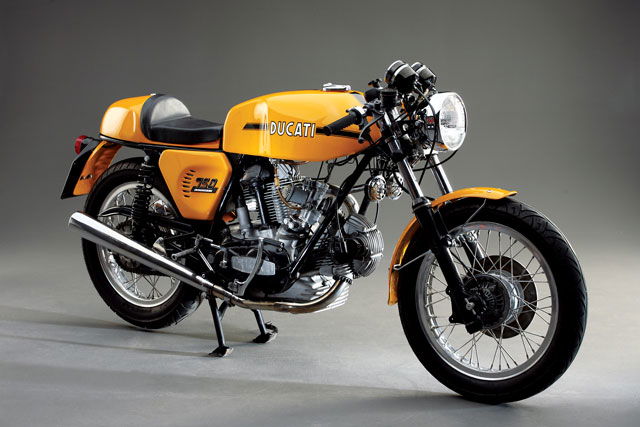
1973 - Ducati 750 SuperSport
The bike without which the whole Ducati V-twin superbike ‘thing’ might never have happened… no 851, no 916, no Panigale…
Many don’t realise but until 1973 then comparatively small Italian company Ducati was best known for its sporting, sub-350cc desmodromic singles, including the Scrambler line which proved particularly popular in the beach racer culture of America and went on to inspire today’s modern retro roadster family.
In 1971, legendary designer Fabio Taglioni created the 750 GT, the first Ducati with a 90-degree V-twin, effectively by marrying together two singles, then followed it up with faster, more sporty 750 Sport in 1972. In a bid to publicise these new V-twins, Ducati decided to enter the inaugural 1972 Imola 200, a new race created to be ‘a European Daytona’ using a machine based on the 750 GT. British rider Paul Smart was contacted and famously only agreed after being convinced by his wife and Barry Sheene’s sister, Maggie.
Smart then led home a shock Ducati 1-2 beating the likes of Agostini and MV in the process. To celebrate this success a production replica, the 750 Super Sport, was built in 1973. And that bike caused such a sensation it entered full production the following year, led to 900 and 1000cc versions, Mike Hailwood’s famous 1978 TT victory and replica and a dynasty of Ducati V-twin superbikes, which continues to this day.
Know this: Ducati’s first retros, the Sport Classic trio of Paul Smart LE and 1000 Sport from 2005 and, a year later, the 1000 GT, were directly inspired by Ducati’s original V-twins…

1975 - Honda GL1000 Gold Wing
The bike without which the modern full-dress tourer wouldn’t exist.
Mock them or marvel at them, ‘full-dress’ tourers, complete with bespoke full fairings, sumptuous long-distance comfort, masses of luggage capacity not to mention more gadgets and gimmicks than you can shake a very big stick at, simply wouldn’t exist, at least not in their current form, without the arrival of Honda’s original Gold Wing, the four-cylinder GL1000 in 1975. (Yes, Harley’s ElectraGlide tourer had debuted in 1965 and was offered with the optional ‘BatWing’ fairing from 1969 but it was a fundamentally much cruder and less refined machine.)
Following the arrival of Kawasaki’s Z1 in 1972, Honda top brass began exploring concepts for a new flagship, a ‘King of Kings’ as they called it. Targeted primarily at the vast US market, long-distance touring ability was vital. Four cylinders and liquid-cooling was quickly decided upon, followed by a flat-four boxer layout for low CofG and a longitudinal layout to facilitate shaft drive.
Initially launched without fairings, US aftermarket firms such as Vetter seized on the opportunity and faired and pannier-ed Wings quickly became popular. With the second generation GL1100 from 1980 a faired ‘Interstate’ model was also offered, with the more luxurious Aspencade following in 1982.
The Wing then progressed, with increasing success, through GL1200, six cylinder GL1500 and 1800 models to today’s latest GL1800 launched in 2018 and bristling with technology and comfort
Know this: The original prototype Gold Wing, the M1, actually had a six, not four cylinder engine, but this was deemed too large and cumbersome so Honda reverted to a four for the production bike. The six would later be revived for the 1988 GL1500.
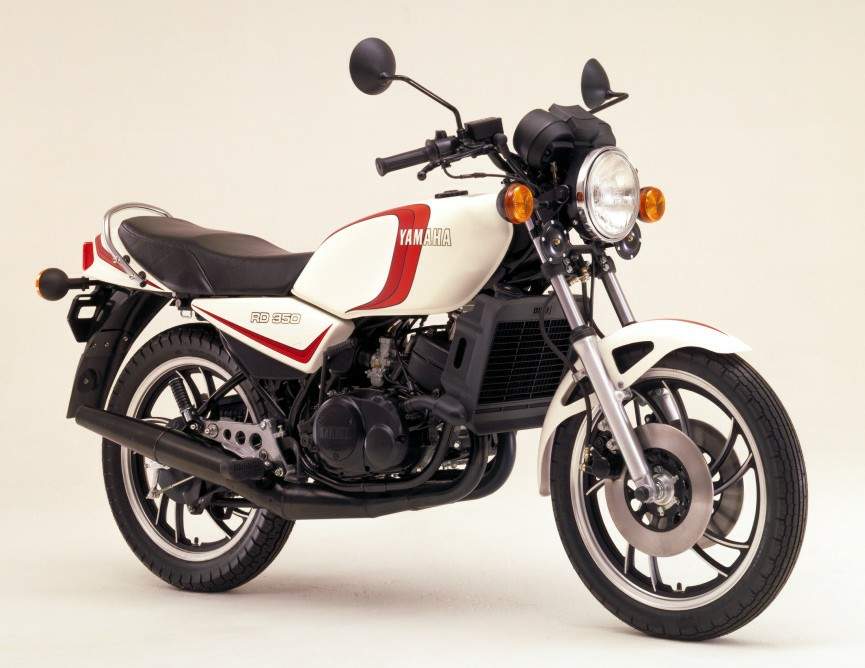
1980 - Yamaha RD350LC
The first ‘racer replica’ that inspired a generation – and killed off the 250 learner!
Marking its 40th anniversary this year, the story of the iconic ‘Elsie’ has been told many times, but its significance and the reverence in which it’s held is as strong as ever.
Conceived as a successor to the air-cooled RD250/400 stroker the new Yamaha was inspired by the firm’s TZ racers of the day and thus featured liquid-cooling (hence the name), monoshock rear suspension and white livery with blacked-out mechanicals. But that was just the start.
With tightening US-emissions laws banning two-strokes, the LC was also, for the first time, aimed solely at Europe, meaning Yamaha Europe were fundamental and they, under Brit Paul Butler and involving others such as test rider Dave Bean, Development Engineer Bob Trigg and stylist Mike Ofield, meant the new LC wasn’t just fast, it also handled well and was beautiful, too.
Available both as a learner law-compliant 250 and as a full-bore 350, the LC was a true giant killer, the most exciting, affordable lightweight ever and, with TV exposure, masses of tuning and cosmetic goodies and the endorsement of no less than Barry Sheene and Kenny Roberts, the most desirable bike of the era by far.
In fact the 250 was so fast (reputedly being the first 100mph learner bike) it directly led to the law change to 125cc. Even so, a whole generation of British bikers found their freedom, started racing and more on LCs. While today, this same generation, just as enthusiastically remembers and restores them.
Know this: to keep weight low, the LC was one of the first bikes to extensively use plastic for mudguards, side panels and more.
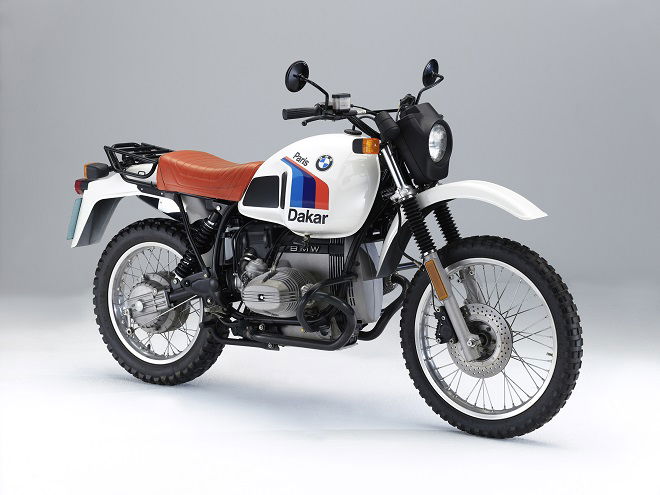
1980 - BMW R80G/S
The bike that began the whole adventure bike phenomenon…
It may be hard to imagine, but back in the late 1970s German marque BMW was a shadow of the giant it has become today – certainly in terms of motorcycles. Despite the pioneering, faired R100RS of 1976, which gained publicity in the hands of Ian Ogilvy’s The Saint and bike-mad TV funny man Dick Emery, BMW’s then line-up of boxer twins was aging, unexciting and expensive.
A modernisation plan involving a family of all-new, liquid-cooled, K-series triples and fours was in operation but still years away. What BMW needed – and fast – was a new, exciting and easy to produce machine, which might appeal particularly to the US market. And the R80G/S, inspired by a number of BMW engineers’ own efforts in German enduro racing with big-bore Boxers, was the result.
In truth, initial reactions were sceptical – this was an era when all trail bikes were lightweight singles and even the biggest of those, Yamaha’s XT500, was barely over half as big – but early tests were promising, revealing the G/S’s unique ability for long distance touring combined with gentle off-roading. BMW’s clever ‘parts bin’ manufacturing approach, whereby an R80 engine was married to parts from the R65 and R45 with very little new tooling required meant the new bike was brought to market within a year and very profitable.
While BM also struck lucky by launching just as the Paris-Dakar Rally was going stratospheric, winning on their second attempt and gaining massively from the positive publicity that brought.
In truth, the G/S story is a little more complicated as is that of the emergence and growth of adventure bikes. BMW’s second generation, oil-cooled R1100GS was just as significant.
As was the first Adventure version of the succeeding R1150GS. But none of those, nor rivals such as the Triumph Tiger, Yamaha Tenere or even Honda Africa Twin, would have happened in quite the same way with that first R80G/S.
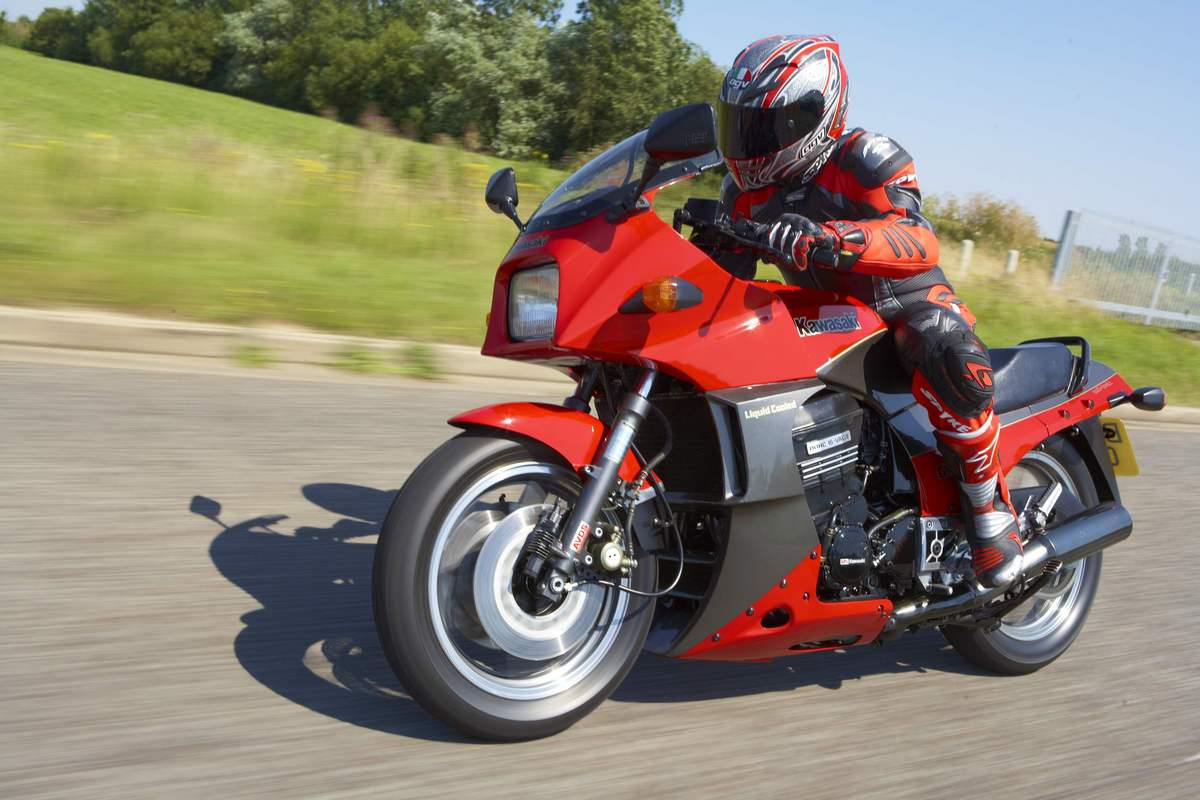
1983 Kawasaki GPz900R
The bike that set the template for the modern superbike…
No motorcycle, not Suzuki’s GSX-R750 (below), nor Honda’s FireBlade or even Yamaha’s EXUP, is as important in laying the foundations for what has become the standard layout for the modern superbike as Kawasaki’s astonishing GPz900R of 1983.
Looking back at its launch from almost 40 years distant, it’s hard to remember the fundamental ‘sea change’ moment the Ninja’s arrival represented. Simply: it was like jumping forward in time. In 1980, the benchmark big bike was Suzuki’s new GSX1100, which, despite new four-valve, ‘Twin Swirl’ heads, fundamentally had the same air-cooling, twin shocks and naked, tubular steel cradle frame all motorcycles had had since the 1950s.
The all-new GPz, however, was different. Very different. First, it was fully-faired. Yes, fairings had started creeping in in the early 1980s but nothing as integrated and purposeful as the Ninja’s. Second, it was liquid-cooled, with a compact 16-valve transverse four with the cam chain running down the side of the block.
It also had monoshock rear suspension. And a spine frame. The list goes on, and all of which, except maybe the cam drive, remain as the superbike template today. It worked, too: performing brilliantly as both an all-round sports-tourer good enough to remain in production for an incomparable 19 years…
Know this: The big Ninja proved itself on track, too, the 115bhp four coming first and second in the 1984 Production TT
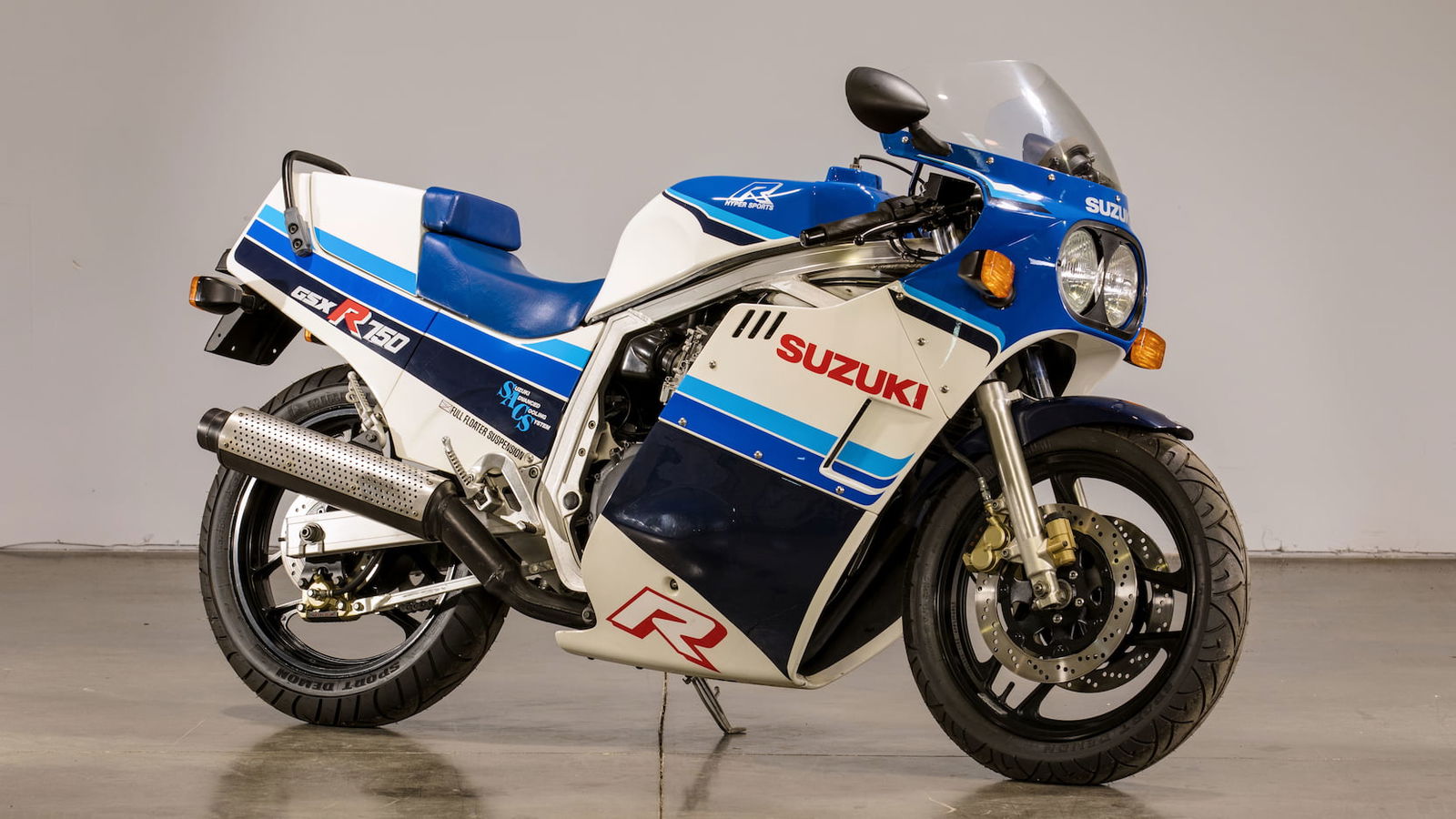
1985 - Suzuki GSX-R750
The original, full size racer replica…
Much has been written on many occasions about the original GSX-R750: the racer replica that brought the track mantra of lightweight and revvy engines to the street– not least by ourselves here – so it’s no surprise that it’s included in this round-up as well. Simply: without the aluminium-framed, lightweight, oil-cooled, compact and race styled and proportioned GSX-R, todays sports bikes could well be flabbier, softer and, well, slower, too.
In truth, it wasn’t all conceived at the same time. Suzuki pioneered its box-section aluminium frames, as inspired by its RG500 GP machines, with its RG250 in 1983. Instead, the brilliance of the first GSX-R750 was in the overall concept, in realising the advantages that would come to street riding by borrowing track riding expertise and by overall using Suzuki’s XR69 GS1000-powered endurance racer as a model and then squeezing in as much of the latest tech as possible and appropriate to create the first real racer for the street.
That’s why the GSX-R (Racing GSX, geddit?) looked like the XR69; why it had an aluminium frame and why it had a new, high revving and ultra-compact, oil-cooled four-cylinder engine.
The result was the most radical street sports bike yet built; became the production racer of choice overnight and set in stone the ideal of lightweight above all else.
As one journalist at the time reported “From now we’ll be talking about sports bikes before the GSX-R, and those after…”

1987 - Ducati 851
The bike with which sports Ducatis entered the modern age…
It might seem sacrilege not to include the iconic Ducati 916 on this list but, for us it’s that bike’s grand-daddy, the original ‘Desmoquattro’, that’s far more significant. Simply, without the 851, the 888, 916 and more would never have existed. Indeed, without the 851, Ducati may have never entered the modern superbike age at all.
It’s worth remembering that in the mid-to-late 1980s the Italian marque was still struggling to enter the modern age. Following its takeover by Cagiva in 1985, however, a programme to modernise and improve its sportsters got underway. Massimo Bordi was the engineering genius who came up with the liquid-cooled, four-valve, fuel-injected Desmo V-twin, an engine that was as big a quantum leap from the old air-cooled, belt-drive Pantah unit, on which it was based, as a F1 car is from a Ford Fiesta.
The chassis, meanwhile, was Ducati’s trademark tubular steel trellis while cycle parts were top notch Marzocchi and Brembo items. Although not an overnight success it was enough to win WSB with Raymond Roche in 1990 then again, in updated 888 form with Doug Polen, in 1991 and 1992, laying the groundwork for the utter dominance of the succeeding 916 from 1994-on.
All of that re-established once and for all the Ducati V-twin as sporting royalty. None of it would have been possible without the 851.
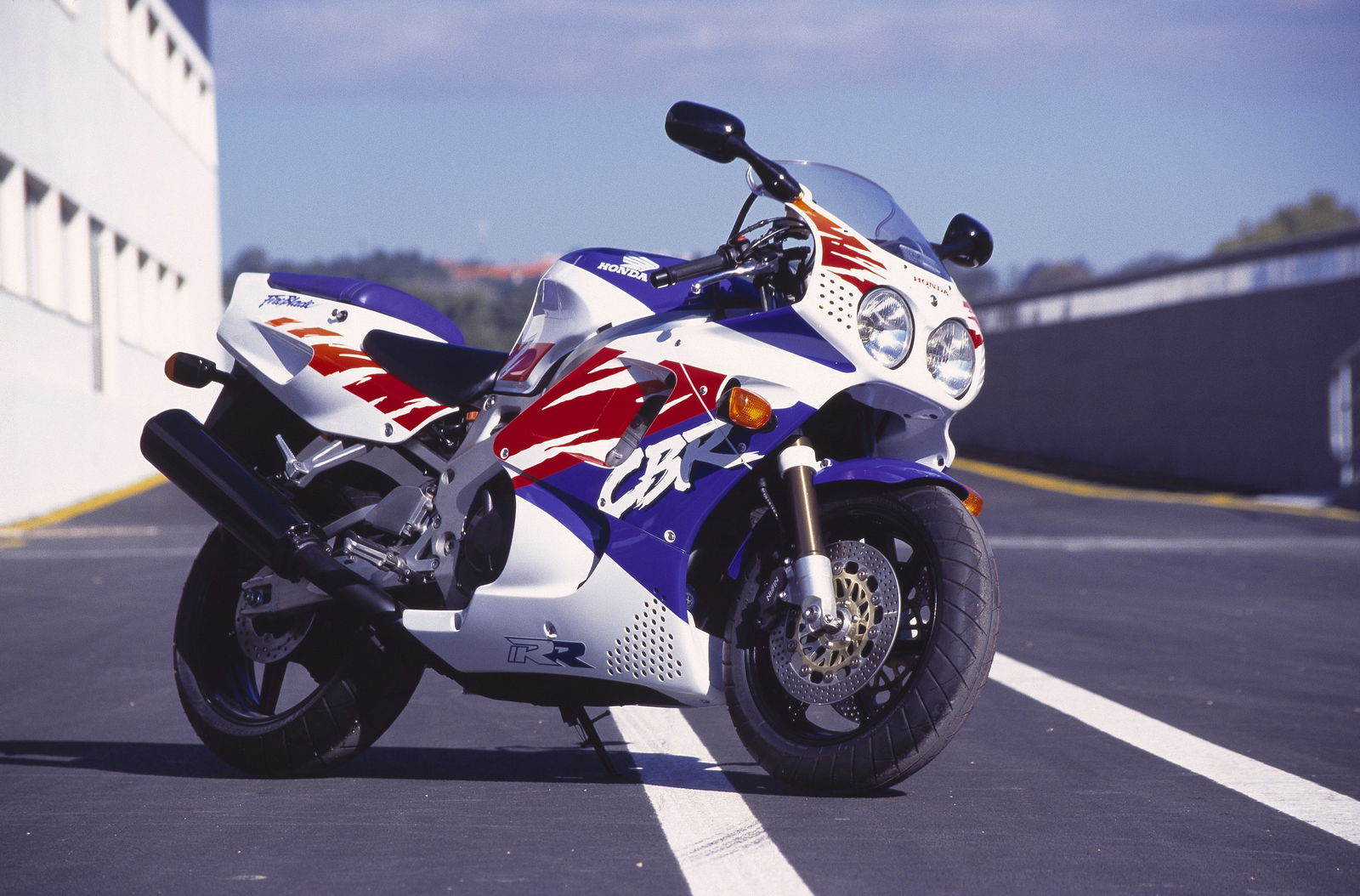
1992 - Honda CBR900RR Fireblade
Yes, of course the 1992 FireBlade is in here – how could Honda’s rule book ripping game-changer not be?
In a similar way to the GSX-R750 seven years earlier, Honda’s radical newcomer redefined the concept of the sports bike. The difference this time, though, was by being not just racetrack light, but 600-class small and manageable, as well.
Whereas previously, most superbikes pursued class-leading speed by single-mindedly boosting power, even if the end result (GSX-R1100 anyone?) was ungainly, overlarge and potentially terrifying, FireBlade chief designer Tadao Baba instead pursued, relentlessly, light weight, small proportions and racer-style nimble handling.
As a result, the original ‘Blade’s 893cc and 124bhp wasn’t even close to the then GSX-R1100N’s 1127cc and 143bhp. But the fact that it was a full 25kg lighter made its performance even more explosive and by also being 60mm shorter, meant it was also easier and more manageable to ride, sharper and more instant to steer and far more fun, however you were riding.
Almost overnight, bikes like the big Gixxer and even Yamaha’s EXUP, seemed overweight and obsolete while Baba’s clever design, packaging and relentless pursuit of perfection took the Blade’s rivals a full six years to equal.

1998 - Yamaha R1
OK, many years have passed since and there’s arguably been equally significant advances over the intervening 20+ years – not least with electronic rider aids, astonishing power hikes to now well in excess of 200bhp, the introduction of aero winglets, fancy TFT instrumentation and many more. But you can argue about those.
For our money, one of the most significant motorcycling advances remains that of the original R1. Launched in 1998 it was Yamaha’s long overdue riposte to Honda’s game-changing 1992 FireBlade and, although conceptually it followed a similar low weight/small dimensions template, by in parallel introducing revolutionary power it resulted in a bike that simply took superbike performance to the next level.
Masterminded by Kunihiko Miwa and achieved by clever design touches such as a GP-style stacked gearbox to reduce engine length in turn allowing a longer swing arm within a compact wheelbase, the key figures were simple: 150bhp peak power; 177kg dry weight and 1395mm wheelbase.
Those were 22bhp more, 3kg less and 5mm less than even the FireBlade of the same year; the first two were projected, triumphantly, at the R1’s Milan launch with no less than Scott Russell and were enough, collectively, to not only make the R1 far faster and entertaining than any contemporary, but to set a benchmark that wouldn’t be beaten for years. That’s why it makes our list.
.jpg?width=1600)
